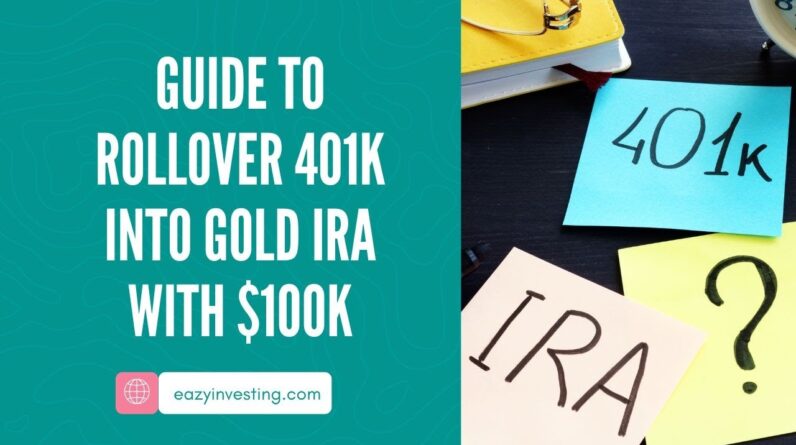As an investor, I always strive to stay ahead of the curve and make wise decisions when it comes to my financial ventures. That’s why understanding and analyzing economic indicators have become an essential part of my strategy. In this blog post, I will share with you the top four indispensable economic indicators that have consistently proven their reliability in predicting market trends. Join me as I delve into the world of financial forecasting and provide you with valuable insights that can ultimately lead to better investment choices. Let’s dive in and unravel the secrets behind these crucial economic indicators that can shape your investment success.
The Top 4 Crucial Economic Indicators for Predicting Market Trends
Introduction
As an investor or someone interested in the financial market, it is essential to stay informed about the economic indicators that can help predict market trends. These indicators provide valuable insights into the overall health of the economy and can guide investment decisions. In this article, I will discuss the top four crucial economic indicators that are widely used by analysts and investors to predict market trends. So, let’s dive in!
1. The Inverted Yield Curve
One of the most important economic indicators to watch is the inverted yield curve. What exactly is an inverted yield curve, you might be wondering? Well, it occurs when the yield on shorter-term bonds exceeds the yield on longer-term bonds. Typically, longer-term bonds have higher yields to compensate investors for tying up their money for an extended period. However, when the yield curve inverts, it is seen as a warning sign of an impending economic downturn. Historically, an inverted yield curve has often preceded recessions.
2. Gross Domestic Product (GDP)
Gross Domestic Product, or GDP, is another vital economic indicator. It measures the total value of goods and services produced within a country’s borders during a specific period. GDP provides an overview of the economic output and growth of a nation. Analysts closely monitor this indicator as it can reflect the health and potential of an economy. A growing GDP usually indicates a healthy economy, while a shrinking GDP can be a sign of economic contraction.
3. Inflation Rate
Inflation refers to the rate at which the general level of prices for goods and services is rising and, subsequently, purchasing power is falling. A moderate level of inflation is generally considered healthy for the economy, as it encourages spending and investment. However, high inflation can erode people’s purchasing power and destabilize the economy. Monitoring the inflation rate is crucial for investors as it can impact interest rates, borrowing costs, and overall market conditions.
4. Debt-to-GDP Ratio
The debt-to-GDP ratio is a measure of a country’s total public debt relative to its GDP. It indicates how much debt a country has compared to its ability to generate income. A high debt-to-GDP ratio can signal potential economic risks, as it suggests that the country may struggle to repay its debts. The United States currently has a debt-to-GDP ratio of around 129, which is significant. Reaching a ratio of 170 could result in a flat economy for a decade. In comparison, Japan is hovering around a debt-to-GDP ratio of 200, highlighting the importance of better fiscal policy and leadership to avoid overextension.
Conclusion
In conclusion, understanding and monitoring the top four crucial economic indicators can greatly help in predicting market trends. The inverted yield curve, GDP, inflation rate, and the debt-to-GDP ratio provide valuable insights into the overall health of the economy. By paying attention to these indicators, investors and analysts can make more informed decisions and adapt their strategies to the prevailing economic conditions. Remember, staying informed and aware of these indicators is key to navigating the complex world of finance successfully.
FAQs (Frequently Asked Questions)
- Why is the inverted yield curve a significant indicator?
- How can GDP influence market trends?
- What factors can impact the inflation rate?
- What are the risks of a high debt-to-GDP ratio?
- How can investors use economic indicators to make informed decisions?










